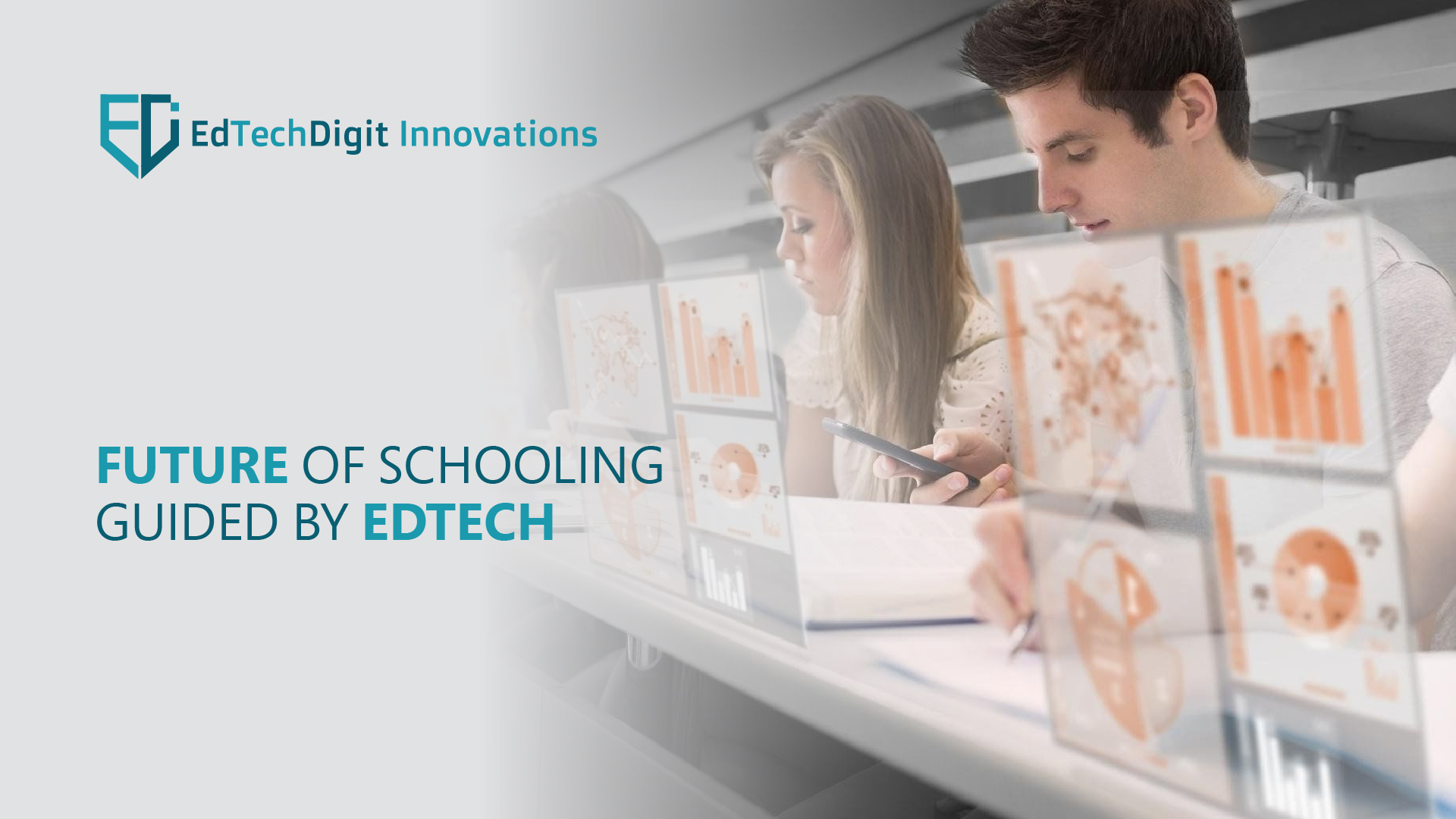Do you wonder what keeps Harvard at the top of the Times Higher Education World Reputation Rankings for 2025 for the 14th consecutive year as the global university list expands? It is not just the educational resources; the advancements in educational technology, the resources accessibility, and increased collaboration with the latest AI tech in education make this global ranking complete. And all this has not been accomplished by the international university giant in a wink!

A forward-looking approach could allocate funding for emerging disciplines such as artificial intelligence, machine learning, and other breakthrough fields of work. With strategic investments in educational AI going up, digital literacy and AI-driven higher education infrastructure are on the rise. this paves the way for a smarter educational regime. AI-driven smart education systems enhance student retention rates by a huge margin through personalized learning. Adoption of digital learning solutions is the way to go as the world switches to an educational landscape largely driven by artificial intelligence. But with this tech upgrade; comes cybersecurity and data theft risks as well.
AI security risks are no joke and if left unsecured; the future of schooling is in danger! With over 90% of ransom-stage cyberattacks leveraging unmanaged devices in a network, interoperable cloud-based device management solutions by Windows 11 enable you to secure the digital estate and quickly respond to threats (Microsoft). As the world grows bigger and better with artificial intelligence technologies; it makes the world even more vulnerable to cyber threats. The education sector is no different!
With the rising amalgamation of technology in education, it has imperatively become one of the most targeted sectors in the world; only after businesses and healthcare by malicious threat actors. Let us unravel the key trends in the education technology industry over the years to follow and what can you expect of the growing edtech industry worldwide.
Role of Technology in Today’s Schooling
Technology and AI are revolutionizing the education sector in numerous ways. Here are some key roles they play in today's schooling:
- Personalized Learning: AI helps create customized learning plans tailored to individual students' needs, abilities, and learning styles. This approach enables students to learn at their own pace, making education more effective and engaging.
- Intelligent Tutoring Systems: AI-powered adaptive learning systems offer one-on-one support to students, providing real-time feedback and guidance. This helps fill knowledge gaps and reinforces learning concepts.
- Automated Grading and Feedback: AI-driven tools automate the grading process, freeing up instructors to focus on more critical aspects of teaching. These tools also provide instant feedback, enabling students to track their progress and identify areas for improvement.
- Enhanced Accessibility: Technology and AI make education more accessible for students with disabilities. For instance, AI-powered tools can convert text into speech or provide real-time transcription services.
- Virtual and Augmented Reality: Immersive technologies like VR and AR create interactive, engaging learning experiences. These tools can simulate complex concepts, making them easier to understand and retain.
- Data-Driven Insights: AI analytics provide educators with valuable insights into student performance, learning patterns, and knowledge gaps. This data informs instruction, enabling teachers to refine their approaches and improve student outcomes.
- Online Resources and Collaboration Tools: Technology facilitates collaboration among students, teachers, and parents. Online platforms and resources promote communication, feedback, and teamwork, essential skills for the digital age.
Micro-learning, Nano-learning, hybrid, and blended classrooms, blockchain, and digital credentials are a great revelation of how technology has seeped into the education system already. By harnessing the potential of technology and AI, educators can create more inclusive, effective, and engaging learning environments that prepare students for success in the future.
What Lies Ahead?
The OECD Scenarios for the Future of Schooling predicts the following trends that shall strengthen the roots of technology in education and vice versa.
- Bureaucratic Systems: This scenario involves the modernization and extension of current schooling systems, with a focus on standardization and efficiency.
- Re-schooling: In this scenario, schools are reimagined as learning hubs that bring together students, teachers, and community members to create personalized learning experiences.
- De-schooling: This scenario involves the dismantling of traditional schooling systems, with a focus on self-directed learning and community-based education.
- Disruptive Innovation: In this scenario, technological advancements and innovative business models transform the education sector, leading to new forms of learning and new providers of education.
Implications for AI-led Education
These scenarios have important implications for education policy, practice, and research. They highlight the need for educators and policymakers to be adaptable, innovative, and forward-thinking in their approach to education. Extended Schooling, Outsourced Education, Schools as Learning Hubs, and learning on the go will become the buzz-worthy norm in the education sector. This smooth transition of traditional education into technology-led schooling is the way to go. The future of education is in the hands of a tech-enhanced education workforce that can guide the greater realization of goals and achieve them in due time. the times ahead expect everyone to be ahead of the technology that aims at encompassing a broader range of sectors and industries hereon! Boot up!

